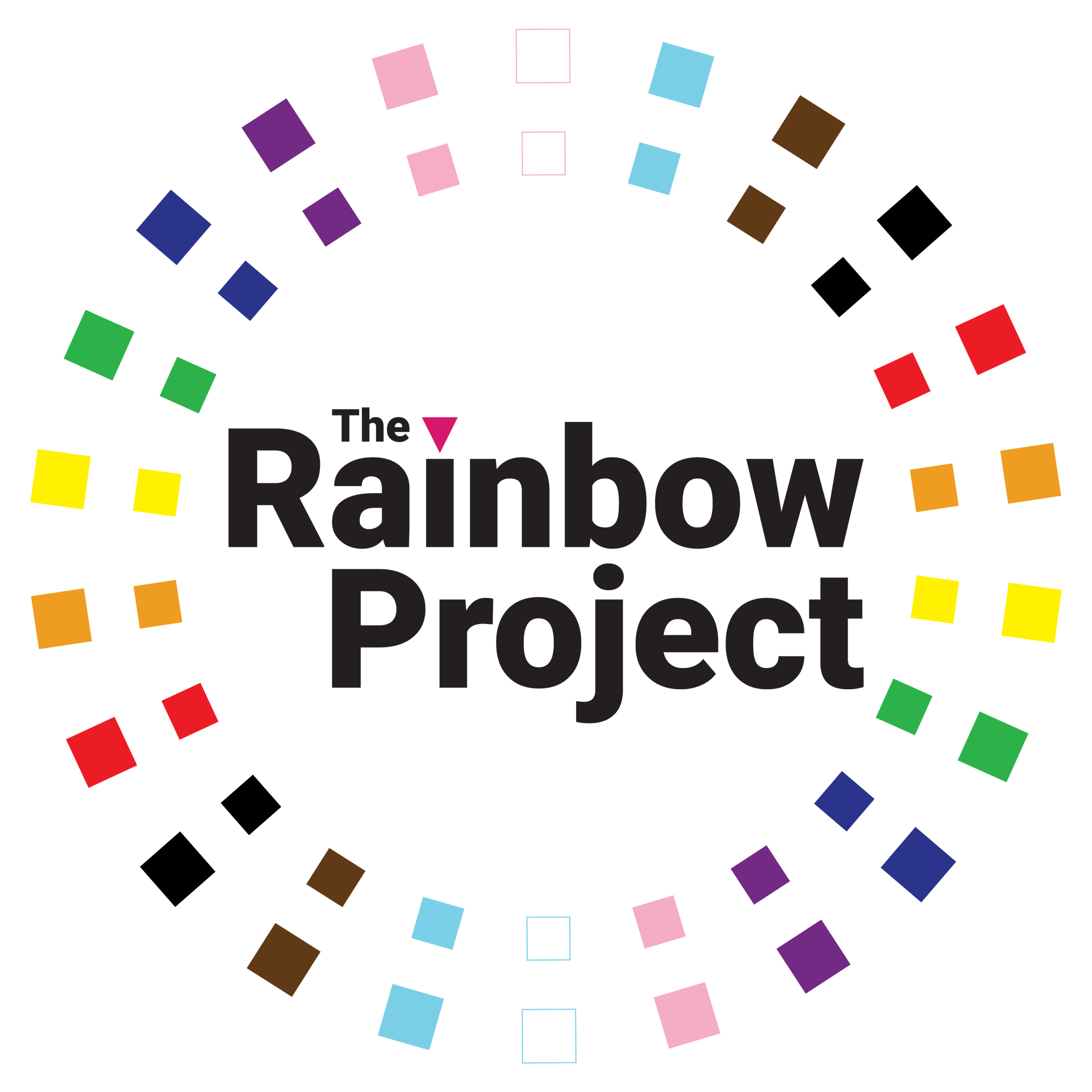
Bullying
What is homophobic bullying?
Homophobic bullying is behaviour or language which makes a young person feel unwelcome or marginalised because of their actual or perceived sexual orientation.
The main factors which influence whether or not a person is a target of homophobic bullying are:
- People perceive that you have a particular sexual orientation, because you fit lesbian, gay or bisexual stereotypes. These stereotypes are based on a societal basis involving traditional gender roles or traits that are inaccurate. E.g.softly spoken boys or girls with short hair.
How is homophobic bullying displayed?
Like all forms of bullying, homophobic bullying can occur in different ways such as emotional, verbal, physical or sexual.
Some of the more common forms of homophobic bullying include:
- Verbal bullying (being teased or called names, or having derogatory terms used to describe you, or hate speech used against you)
- Being compared to LGBT celebrities / caricatures / characters that portray particular stereotypes of LGBT people
- Being ‘outed’ (the threat of being exposed to your friends and family by them being told that you are LGLBT even when you are not)
- Indirect bullying / social exclusion (being ignored or left out or gestures such as ‘backs against the wall’)
- Physical bullying
- Sexual harassment (inappropriate sexual gestures, for example, in the locker room after PE or being groped with comments such as, ‘you know you like it!’)
- Cyber bullying (being teased, called names and/or threatened via email, text and on Social Networking sites)
What are the possible effects of homophobic bullying?
All forms of bullying can affect a child or young person’s emotional and social well-being as well as their physical health. This could lead to withdrawing from social interactions in class or other school activities previously enjoyed, academic underachievement, truancy, school refusal or leaving education earlier than might have happened otherwise. How severe the effects on a particular child or young person are can depend entirely on the individual and their coping mechanisms and not two people will respond in the same way.
LGB people can face negative attitudes and prejudices in their local communities and research has proven that as a result of this, young LGB people are particularly prone to poor mental health. This can lead some LGB young people to internalise these feelings (internalised homophobia). This might mean:
- Denial of their sexual orientation to themselves or others or attempts to change their sexual orientation
- Low self-esteem and / or negative body image
- A dislike towards other open or obvious LGB young people
- Shame, depression, defensiveness, anger or bitterness
- Self-ridicule to gain social/peer acceptance
- Risk-taking behaviours including substance abuse
- Self-harm and/or suicidal thoughts
What must schools do?
Schools are required by the Education and Libraries (NI) Order 2003 to have measures in place to tackle all forms of bullying amongst pupils, including homophobic bullying in the school community may include:
- School policies for both staff and pupils (equal opportunities, bullying policies etc.) including sexual orientation and gender identity issues
- Daily reinforcement of the use of positive language and the challenging of inappropriate comments made by staff and pupils through policy and overall school ethos etc.
- Awareness raising opportunities for staff and students, including positive imagery / posters and workshops / training delivered through specialist agencies
- Accessible and diverse support strategies in place to tackle homophobic bullying, including signposting leaflets for helplines.
